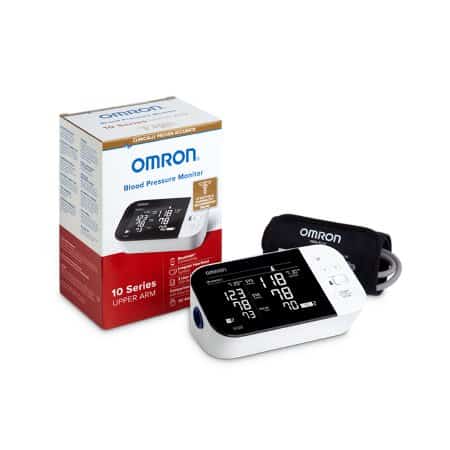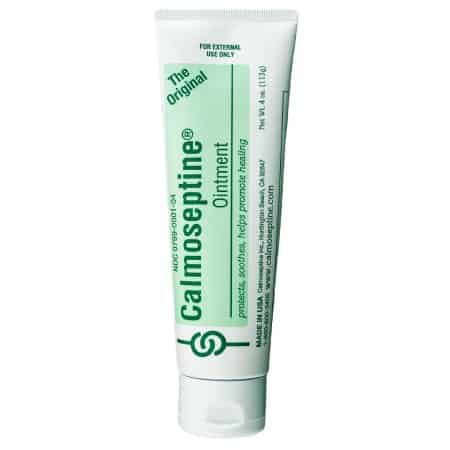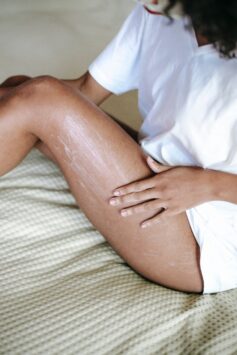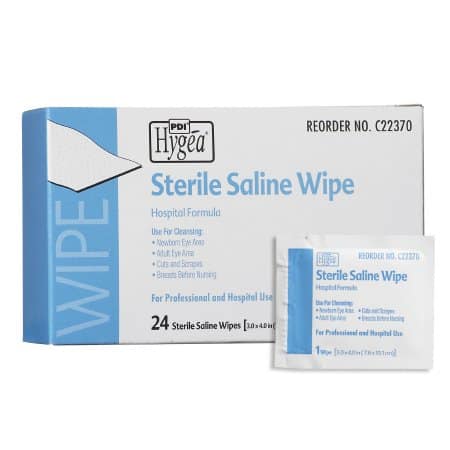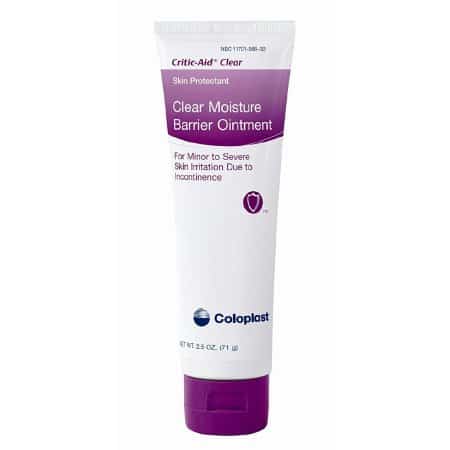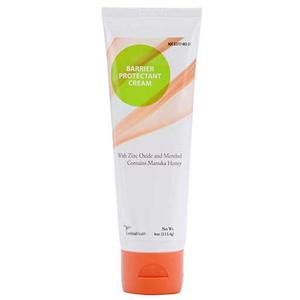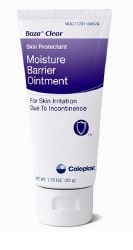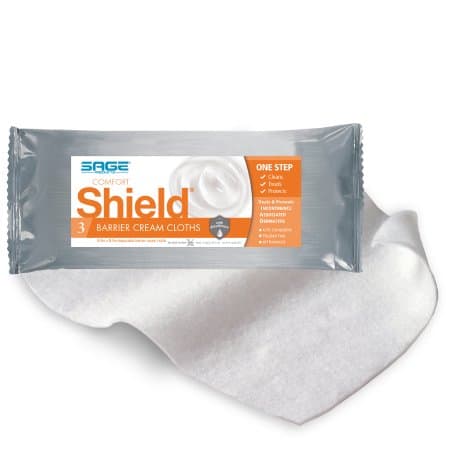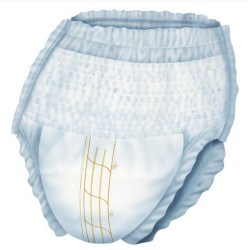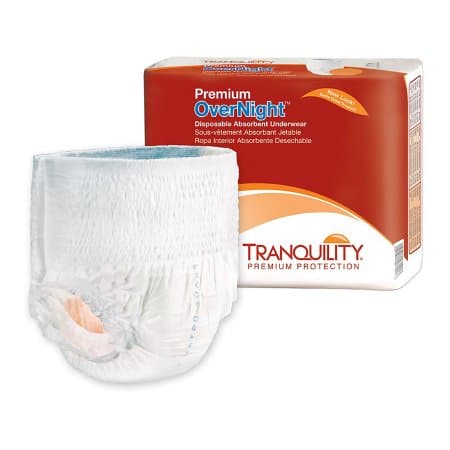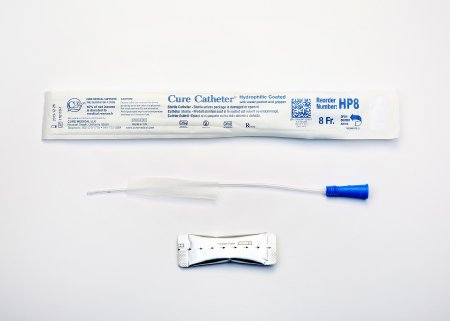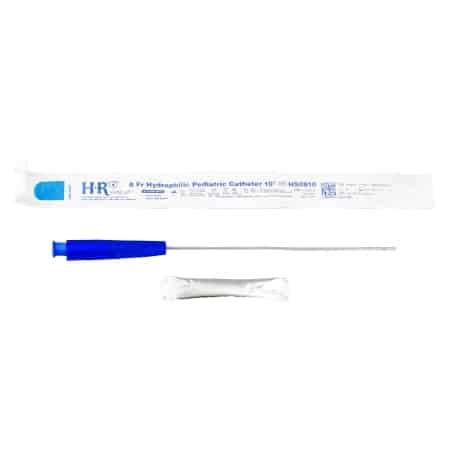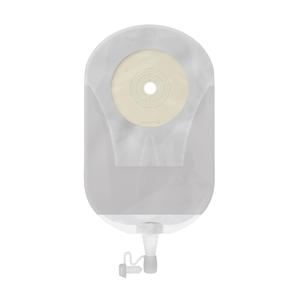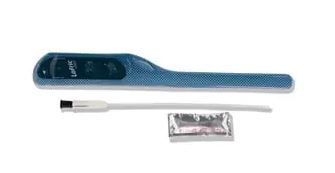Many Multiple Sclerosis (MS) symptoms are not outwardly visible. These invisible symptoms of MS make it difficult to diagnose at times. No matter the challenges a person living with MS faces, people around them cannot see what they are dealing with. We will discuss some of the common invisible symptoms of Multiple Sclerosis and how to manage them.
What is Multiple Sclerosis
It is essential for those around a person with MS to learn as much as possible to understand better what a person with MS is experiencing. When a family member is affected by MS, the entire family is affected. Once everyone is educated, families can work together to modify responsibilities and activities, and questioning whether symptoms are real will subside.
Multiple Sclerosis is a chronic inflammatory central nervous system disease accompanied by unpredictable symptoms. The cause of MS is unknown and happens when the protective tissue (myelin) around the nerves is damaged. Scar tissue forms, making the nerves unable to send messages to and from the brain.
Some of those symptoms can be visible, like hand tremors, slurred speech, or balance problems that can interfere with physical abilities and everyday tasks. However, other MS symptoms are not as obvious, but they can still profoundly affect how a person functions in the world.

Invisible Symptoms of Multiple Sclerosis
Since Multiple Sclerosis affects different parts of the nervous system, symptoms may be visible or invisible depending on which function is affected. Most people with MS can suffer from any of the following symptoms that are not apparent to others.
- Fatigue
- Mood disorders such as depression and anxiety
- Cognitive disorders that affect the ability to remember things
- Nerve pain
- Muscular pain
- Balance and coordination problems
- Vision problems
- Bowel and bladder issues
- Sexual dysfunction
These symptoms can come and go, any of them can be present, and people often live with them in silence.
 Effects of the Symptoms of Multiple Sclerosis
Effects of the Symptoms of Multiple Sclerosis
People living with MS can be highly affected by these symptoms, which can lead to any of the following effects on a person’s life:
- Self-esteem issues
- Confidence
- Uncertainty
- Frustration
- Anger
- Ability to live a full life
A spiral can develop if the symptoms are not addressed and managed.
Managing Multiple Sclerosis
There is currently no cure for Multiple Sclerosis, but there are medications, therapies, self-help techniques, coping strategies, and support groups to help address MS. And, since MS is different for everyone, keeping a journal of your symptoms may help you recognize what your MS is like when speaking to your doctor or health counselor. Describing symptoms clearly and how they impact your life is critical in creating an effective treatment plan.
 For those with MS that experience bladder and bowel problems, embarrassment and anxiety can set in. People may significantly reduce their social and sexual activities, leading to depression and isolation. Changes in diet and behavior can help, along with choosing the right incontinence products to help with dignity.
For those with MS that experience bladder and bowel problems, embarrassment and anxiety can set in. People may significantly reduce their social and sexual activities, leading to depression and isolation. Changes in diet and behavior can help, along with choosing the right incontinence products to help with dignity.
Physical handicaps are more apparent but can be just as challenging to manage as invisible symptoms. Understanding the symptoms of MS is hard enough, so managing them can be even worse. Pain, fatigue, and cognitive problems are complex and can be complicated to treat. Communicating your symptoms to your doctor can help you get a good diagnosis and treat the right issue.
In this inspiring interview, listen to Birgit Bauer, a Multiple Sclerosis Patient Advocate, share her story and personal advice on how people with MS can maintain their independence and live a dignified life.








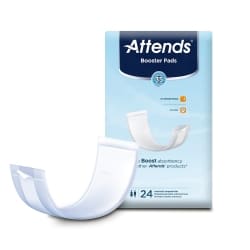
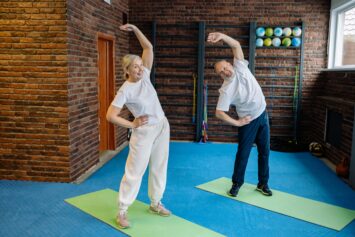 Exercising in incontinence briefs might seem challenging, but choosing the proper clothing can be easier to conceal. First, wearing breathable material over your incontinence briefs is critical. Clothing that contains latex or plastic will not allow the skin to breathe and can be unhygienic. Breathable fabrics wick up moisture and help keep you dry and feeling fresh.
Exercising in incontinence briefs might seem challenging, but choosing the proper clothing can be easier to conceal. First, wearing breathable material over your incontinence briefs is critical. Clothing that contains latex or plastic will not allow the skin to breathe and can be unhygienic. Breathable fabrics wick up moisture and help keep you dry and feeling fresh.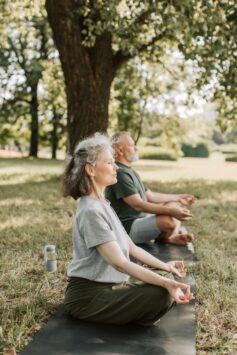 When exercising in incontinence briefs, it may be beneficial to put some variation in your exercise routines. High-intensity exercises place quite a bit of pressure on the bladder muscles, and the constant downward pressure from running or tennis can weaken the pelvic floor muscles over time. Variating your exercise routine with swimming, yoga, walking, or biking might be good options to lessen the pressure on the bladder.
When exercising in incontinence briefs, it may be beneficial to put some variation in your exercise routines. High-intensity exercises place quite a bit of pressure on the bladder muscles, and the constant downward pressure from running or tennis can weaken the pelvic floor muscles over time. Variating your exercise routine with swimming, yoga, walking, or biking might be good options to lessen the pressure on the bladder.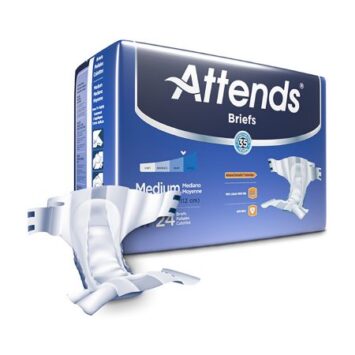






 One of the easiest ways to spark conversation is to wear the color teal from head to toe during October. When asked, tell people that teal is the official color of spina bifida awareness. You can share the social media channels above and direct them to Spina Bifida Association’s
One of the easiest ways to spark conversation is to wear the color teal from head to toe during October. When asked, tell people that teal is the official color of spina bifida awareness. You can share the social media channels above and direct them to Spina Bifida Association’s  This in-person or virtual event is the perfect way to get engaged and support the community and the mission of the Spina Bifida Association. Anyone and everyone can participate. If you are not located near any of the listed cities, you can Walk-N-Roll Your Way at any time and any place.
This in-person or virtual event is the perfect way to get engaged and support the community and the mission of the Spina Bifida Association. Anyone and everyone can participate. If you are not located near any of the listed cities, you can Walk-N-Roll Your Way at any time and any place.









 There are some signs of a prostate problem, but they do not necessarily mean that you have cancer. Some of the warning signs of a prostate problem that can affect the urinary system and should not be ignored include:
There are some signs of a prostate problem, but they do not necessarily mean that you have cancer. Some of the warning signs of a prostate problem that can affect the urinary system and should not be ignored include: Cancer of the prostate can be detected early through a digital rectal exam or a blood test that measures the amount of a prostate-specific antigen in the blood (PSA blood test). According to the
Cancer of the prostate can be detected early through a digital rectal exam or a blood test that measures the amount of a prostate-specific antigen in the blood (PSA blood test). According to the 










